Keika, the answer to the question in your headline is "NO".
I think, it is not correct to say that the RLC circuit is "written with a feedback loop" or that "every circuit must have a feedback loop".
What you have done is the following: You have created ANOTHER fictitious system (with feedback) that has the same output-to-input ratio as your passive RLC circuit. That`s all. However, it has another input impedance and another output impedance. Hence, both are not identical - both have only the same ratio Vout/Vin.
More than that, if you define the output voltage across the inductor or across the resistor, these voltages are NOT available in the second system (with feedback). This is another indication that both are not identical.
There are many other circuit alternatives (second-order lowpass with unity gain) having the same output-to-input ratio but with different input- and output impedances.
EDIT 1: It is really interesting - when you multiply the first Block with "R" and - at the same time - divde the 2nd block by "R", you get two new blocks. This is allowed because the series connection of both transfer functions does not change.
The first one is a damped integrator (lowpass) and the 2nd one is an IDEAL integrator. This gives the classical active "state variable" structure which is nothing else than one alternative for an active realization of the passive reference structure.
EDIT 2: If we describe the voltage-current properties of the passive RLC circuit in the time domain we arrive at a differential equation which can be transferred into an integrating equation. A blockwise realization of this relationship leads to the well-known state variable filter realization as mentioned under EDIT 1. Hence, this system with two integrating blocks and a feedback loop is an active realization of the passive RLC reference circuit. As a result, we have two different circuits (passive, active) having the same transfer function. The feedback circuit as shown in the task desription is a slight modification of this arrangement (as explained under EDIT 1).


